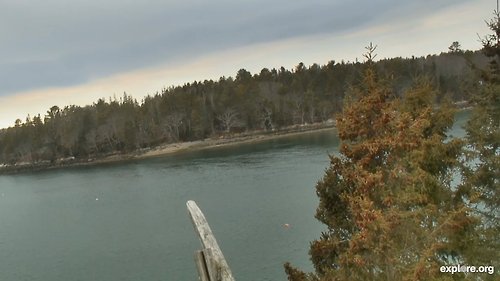The Legacy of Mr. & Mrs. Hoot
In this short (1:18) video, our camera operators have captured a quick summary of Mr. and Mrs. Hoot’s failed nesting this year. Not all attempts at breeding are always successful. The pair had a successful brood last year, and while we’ll wait patiently for next year’s attempt, we’re still waiting to see if Mr. Hoot returns!





